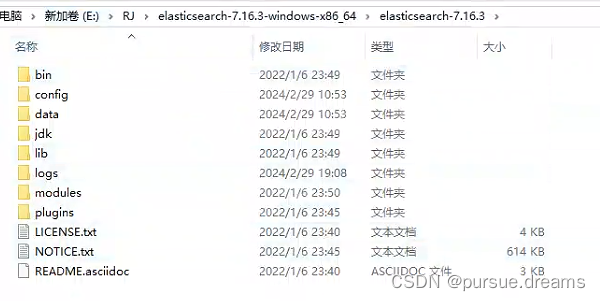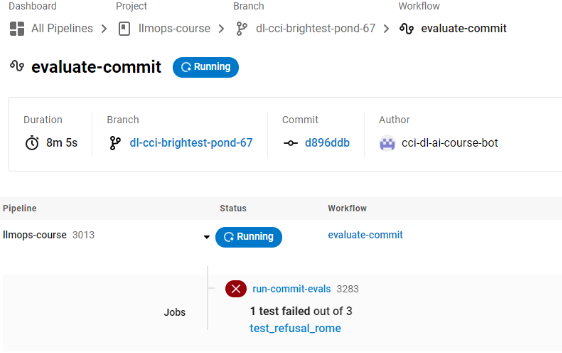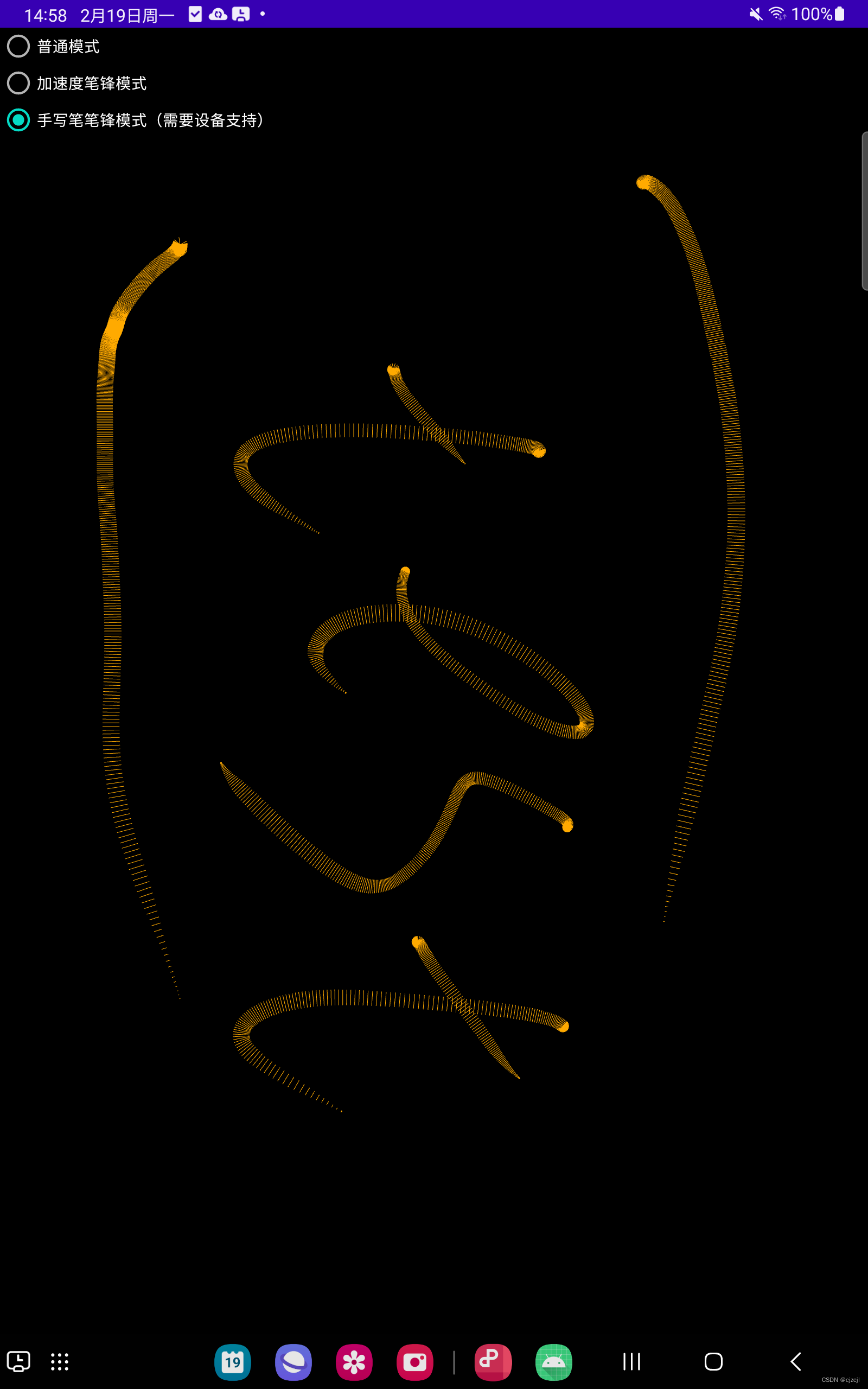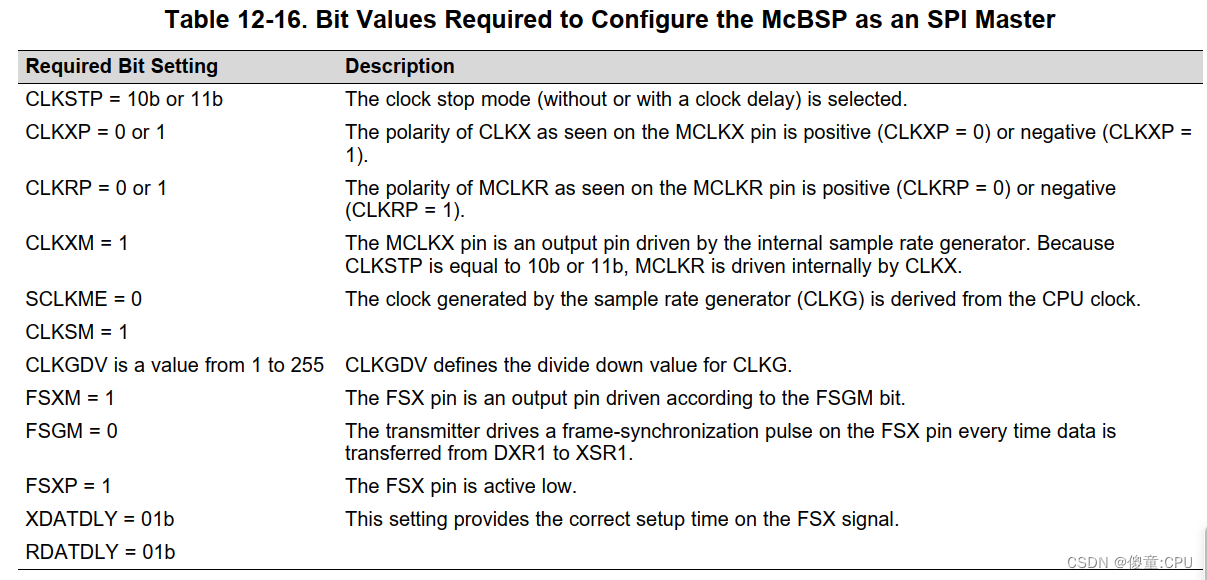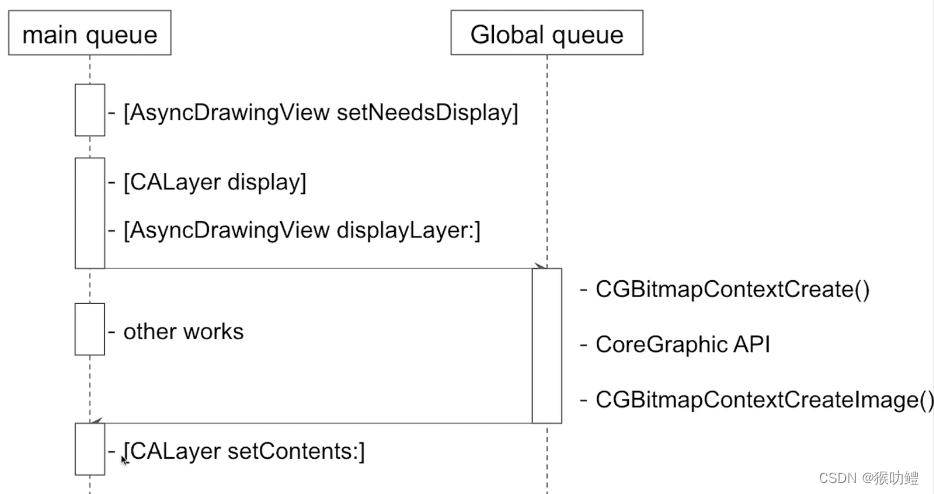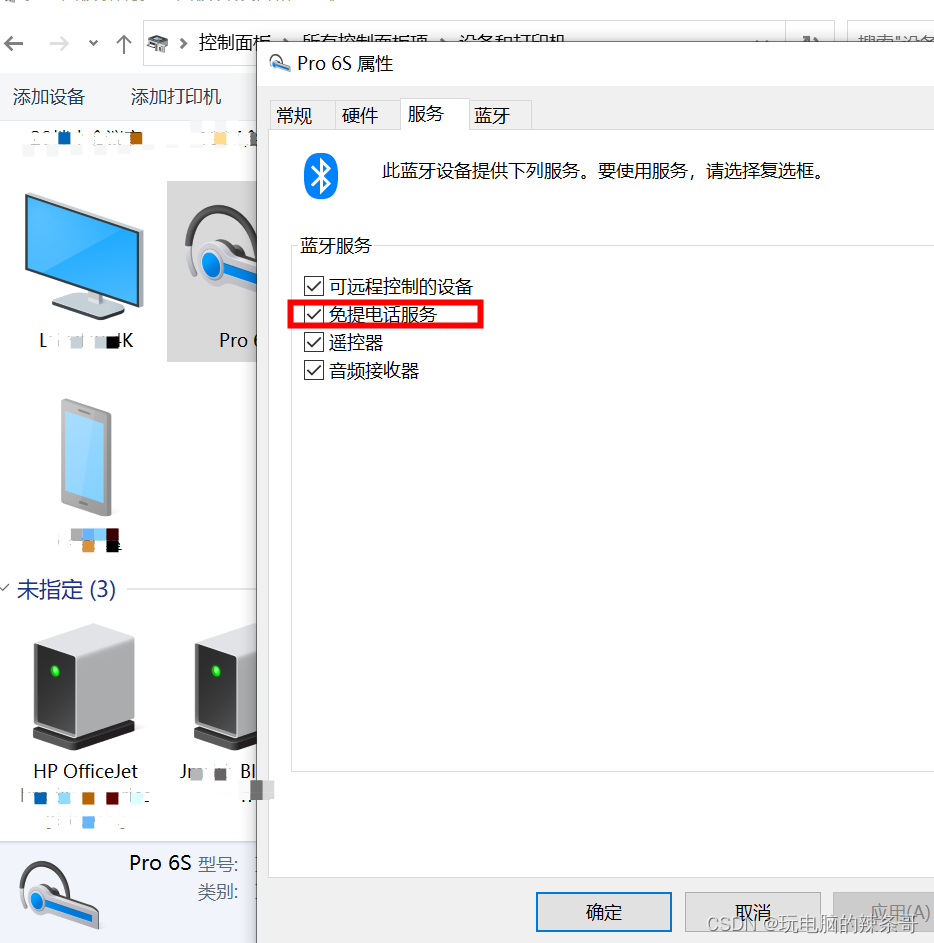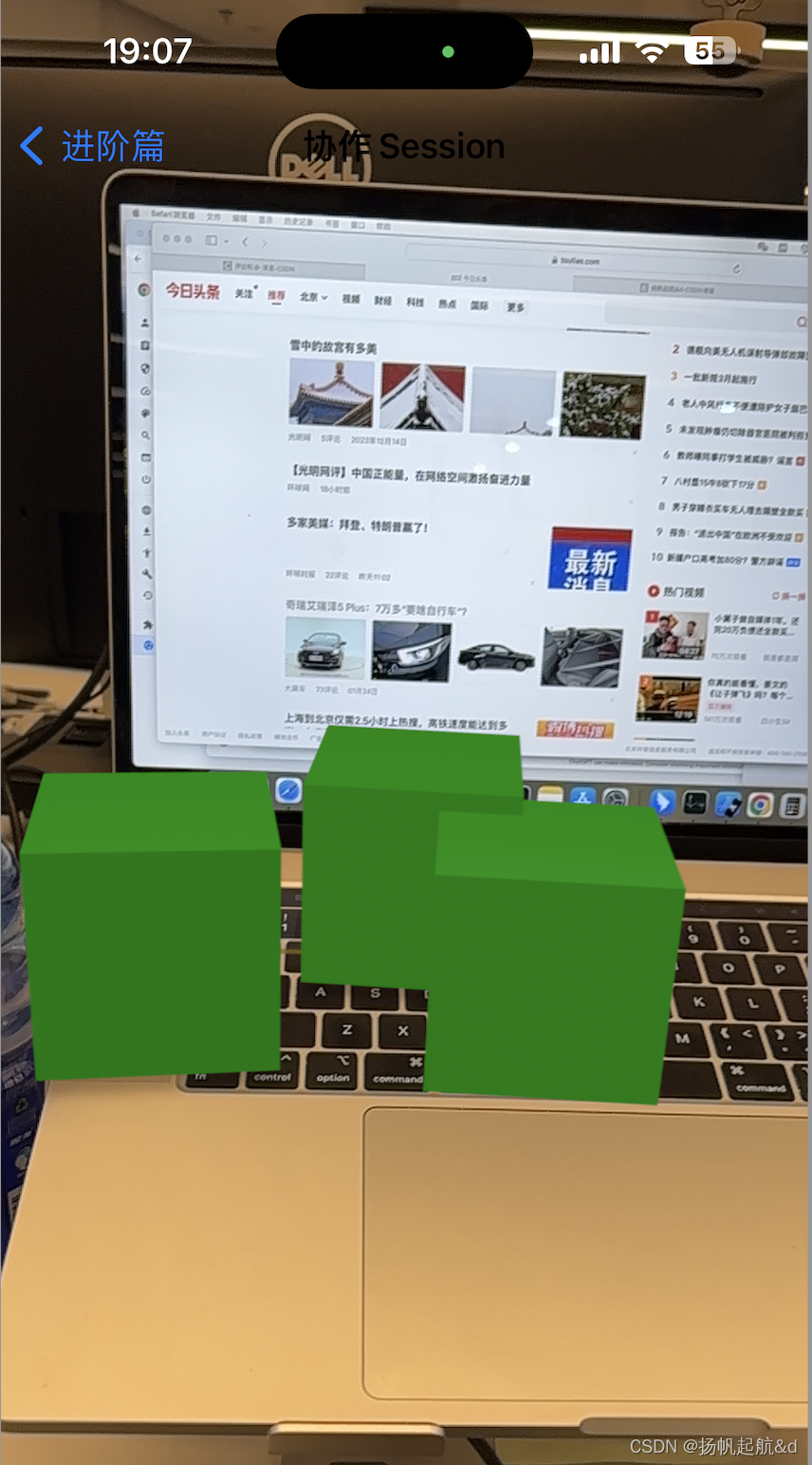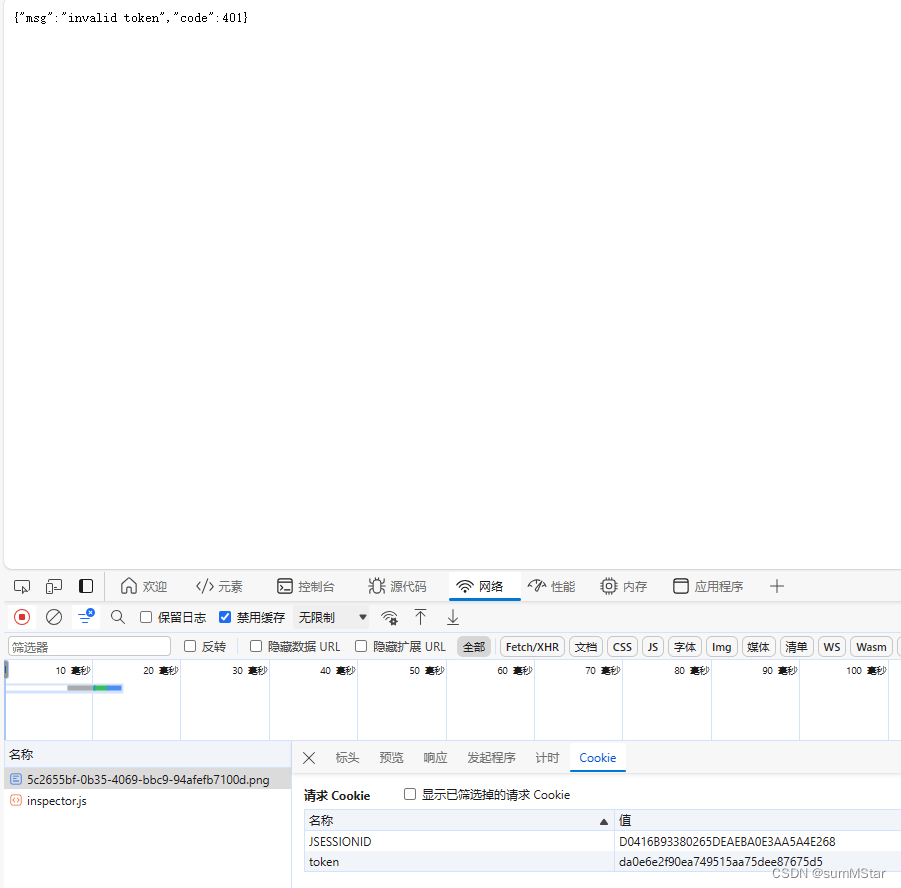目录:
1. 天干地支
2. 明明的随机数
3. ISBN号码
4. 缩位求和
5. 幸运数字
6. 串的处理
7. 最长递增
8. 灌溉
9. 特殊日期
10. 最大距离
1. 天干地支
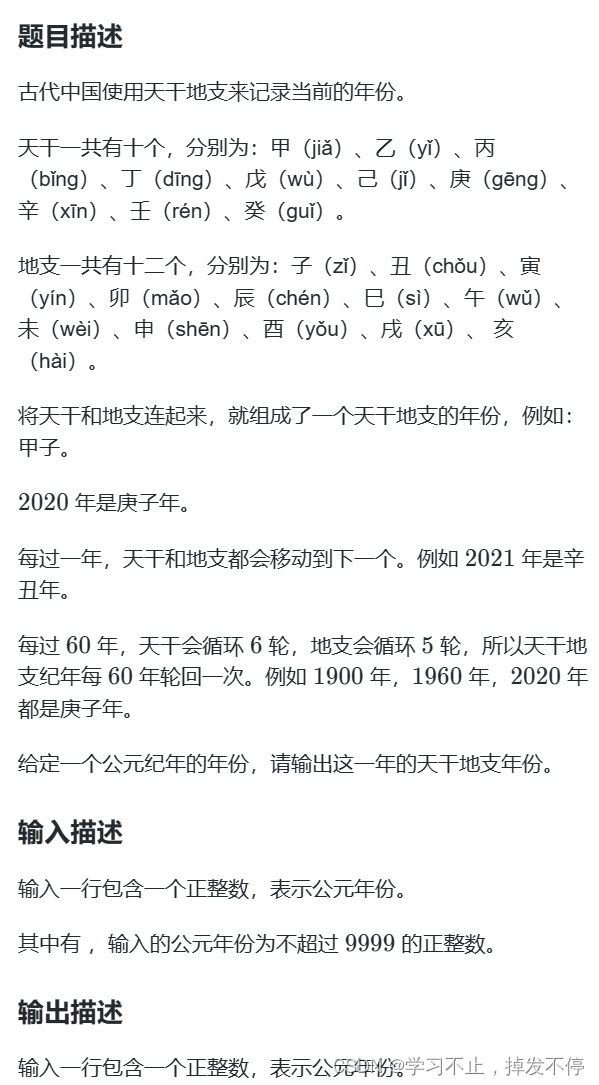
import java.util.*;
public class Main {
public static void main(String[] args) {
Scanner scan = new Scanner(System.in);
int year = scan.nextInt();
String tiangan[] = {"geng","xin","ren","gui","jia","yi","bing","ding","wu","ji"};
String dizhi[] = {"shen","you","xu","hai","zi","chou","yin","mao","chen","si","wu","wei"};
System.out.println(tiangan[year%10] + dizhi[year%12]);
scan.close();
//40 40%12 = 4
//0:gengshen
}
}求出公元0年的天干地支年,重新排序
2. 明明的随机数
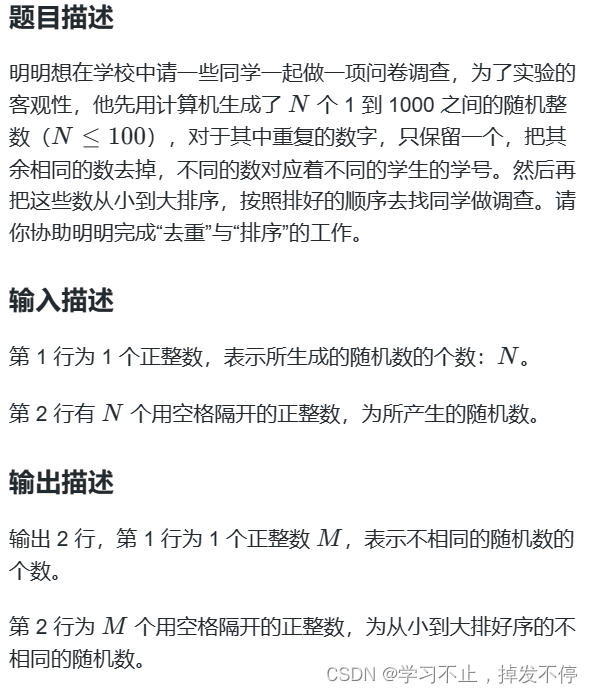
import java.util.*;
public class Main {
public static void main(String[] args) {
Scanner scan = new Scanner(System.in);
int num = scan.nextInt();
HashSet<Integer> studentSet = new HashSet<>();
for(int i = 0; i < num; i++){
int score = scan.nextInt();
studentSet.add(score);
}
//将一个包含整数的HashSet(studentSet)转换为一个整数数组(studentArray)
Integer[] studentArray = studentSet.toArray(new Integer[0]);
Arrays.sort(studentArray);
System.out.println(studentArray.length);
for(int i = 0; i < studentArray.length; i++){
System.out.print(studentArray[i] + " ");
}
}
}
3. ISBN号码
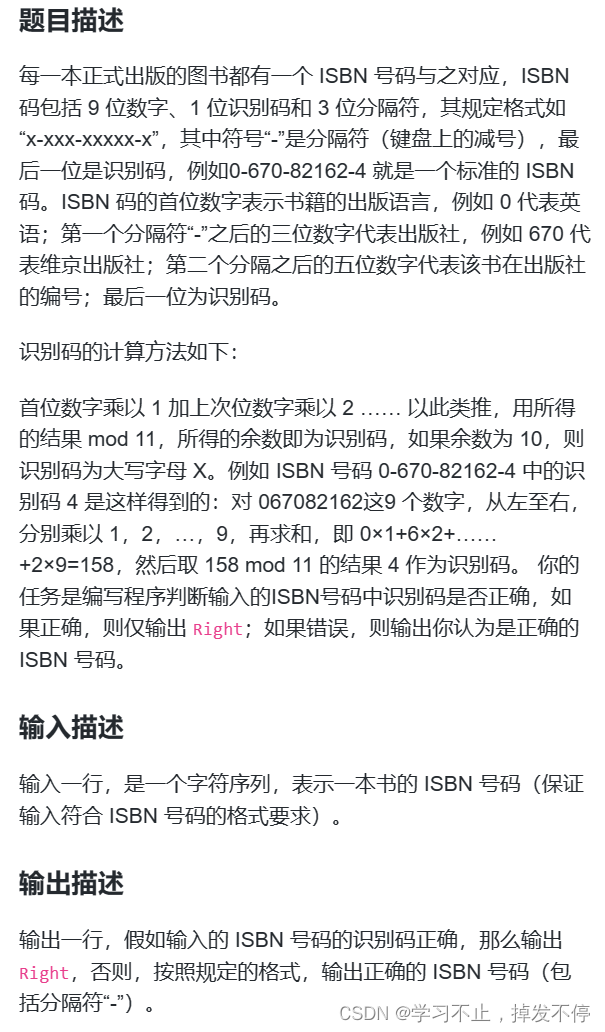
import java.util.*;
public class Main {
public static void main(String[] args) {
Scanner scan = new Scanner(System.in);
String s = scan.next();
String str = s.replace("-","");
int sum = 0;
for(int i =0;i<9;i++){
sum += Integer.parseInt(str.charAt(i)+"") * (i+1);
}
if((sum%11<10 && sum%11==Integer.parseInt(str.charAt(9)+"")) || (sum%11==10&&str.charAt(9)=='X')){
System.out.println("Right");
}else{
if(sum%11<10){
System.out.println(s.substring(0,12)+sum%11);
}else if(sum%11==10){
System.out.println(s.substring(0,12)+"X");
}
}
scan.close();
}
}在Java中,
charAt()方法返回的是一个字符类型。当你需要将字符转换为可以被Integer.parseInt()处理的字符串时,需要将其转换为字符串类型。虽然字符本身可以隐式地转换为字符串,但在实际编程中,直接写成str.charAt(i) + ""的形式是为了增加代码的可读性,明确表示你想要将字符转换为字符串。这里的
(str.charAt(i) + "")相当于显式地将字符转换为了长度为1的字符串。在本例中,由于Integer.parseInt()需要接收一个代表整数的字符串作为参数,因此这样的转换是必要的。
4. 缩位求和
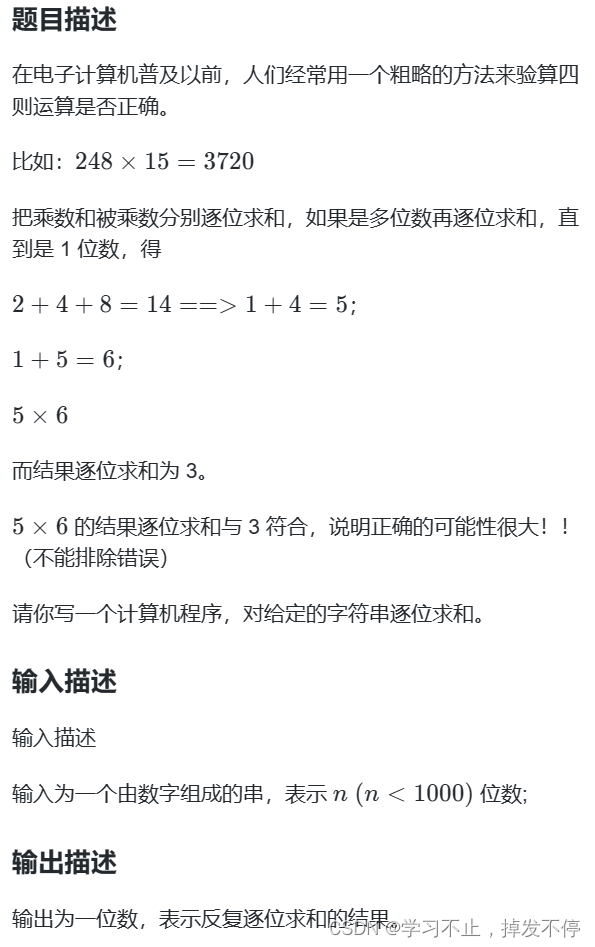
import java.math.BigInteger;
import java.util.Scanner;
public class Main {
public static void main(String[] args) {
Scanner scan = new Scanner(System.in);
BigInteger num = scan.nextBigInteger();
while(num.compareTo(BigInteger.valueOf(9)) > 0){
num = num.mod(BigInteger.TEN).add(num.divide(BigInteger.TEN));
}
System.out.println(num);
scan.close();
}
}5. 幸运数字

import java.util.*;
public class Main {
public static void main(String[] args) {
int count = 0;
for(int i =1;;i++){
if(check(i,2)==0 && check(i,8)==0 && check(i,10)==0 && check(i,16)==0){
count++;
}
if(count == 2023){
System.out.println(i);
break;
}
}
}
public static int check(int i,int jinzhi){
int temp = i;
int he = 0;
while(i > 0){
he += i % jinzhi;
i = i / jinzhi;
}
return temp % he;
}
}6. 串的处理
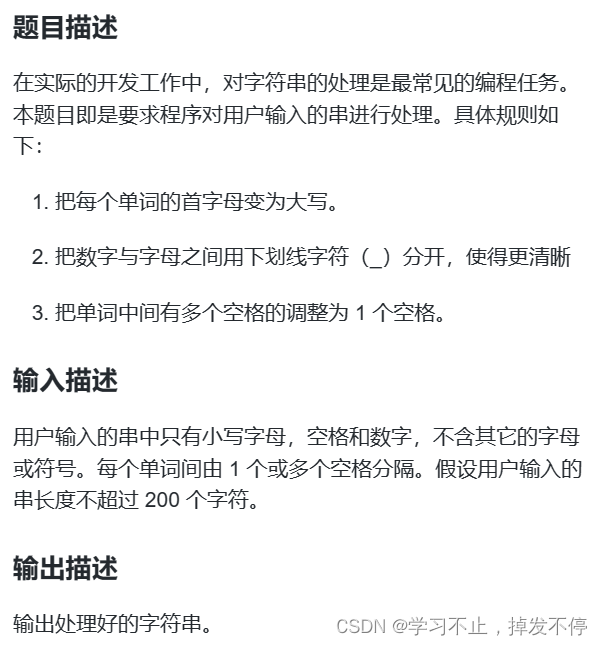
import java.util.Scanner;
public class Main{
public static void main(String[] args) {
Scanner scanner = new Scanner(System.in);
String s = scanner.nextLine();
//将一个字符串按照指定的分隔符拆分成字符串数组
//表示匹配一个或多个空白字符(包括空格、制表符、换行符等)
String str[] = s.split("\\s+");
for (int i = 0; i < str.length; i++) {
//将当前字符串 str[i] 的第一个字符转换为大写并将剩余部分连接起来
str[i] = str[i].substring(0, 1).toUpperCase() + str[i].substring(1);
str[i] = str[i].replaceAll("(\\d)([a-zA-Z])", "$1_$2");
str[i] = str[i].replaceAll("([a-zA-Z])(\\d)", "$1_$2");
System.out.print(str[i] + " ");
}
}
}
(\\d):匹配一个数字,并将其捕获到组1中。([a-zA-Z]):匹配一个字母,并将其捕获到组2中。替换字符串是
"$1_$2",其中$1和$2是反向引用,分别代表匹配到的第一个和第二个捕获组的内容。所以这个操作会查找数字紧接着字母的情况,并在它们之间插入一个下划线。例如,如果str[i] = "3apple",经过这个操作后,结果变为"3_apple"。
7. 最长递增
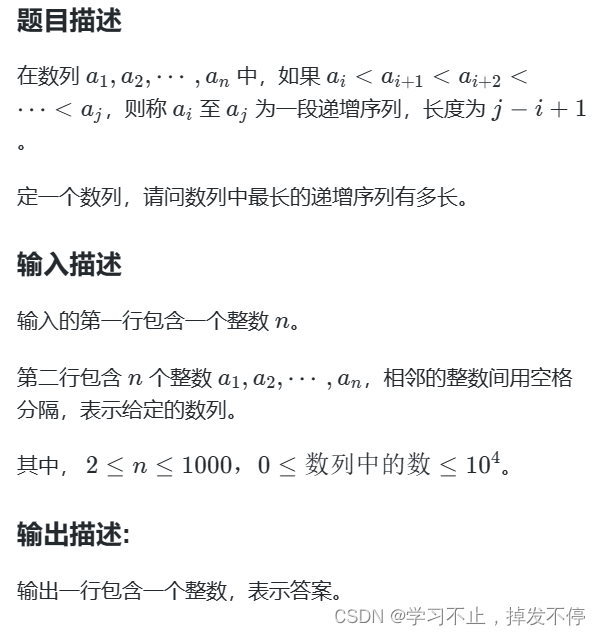
import java.util.Scanner;
public class Main {
public static void main(String[] args) {
Scanner scan = new Scanner(System.in);
int num = scan.nextInt();
int arr[] = new int[num];
for(int i = 0;i<arr.length;i++){
arr[i] = scan.nextInt();
}
int result = 0;
int count = 1;
for (int i = 1; i < num; i++) {
if(arr[i] > arr[i-1]){
count++;
result = result>count ? result:count;
}else{
count = 1;
}
}
System.out.println(result);
scan.close();
}
}8. 灌溉

import java.util.Scanner;
public class Main {
public static void main(String[] args) {
Scanner scan = new Scanner(System.in);
int n = scan.nextInt();
int m = scan.nextInt();
int count1 = scan.nextInt();
int arr[][] = new int[n][m];
for(int i = 0;i<count1;i++){
arr[scan.nextInt()-1][scan.nextInt()-1] = 1;
}
int k = scan.nextInt();
int count = 1;
for(int i = 0;i<k;i++){
count ++;
for(int hang = 0;hang<n;hang++){
for (int lie = 0;lie<m;lie++){
if(arr[hang][lie] == count-1){
if(hang -1 >= 0){
arr[hang-1][lie] = count;
}
if(hang +1 < n){
arr[hang+1][lie] = count;
}
if(lie - 1 >= 0){
arr[hang][lie-1] = count;
}
if(lie+1 < m){
arr[hang][lie+1] = count;
}
}
}
}
}
int num = 0;
for(int i =0;i<n;i++){
for(int j = 0;j<m;j++){
if(arr[i][j] > 0){
num ++;
}
}
}
System.out.println(num);
scan.close();
}
}9. 特殊日期
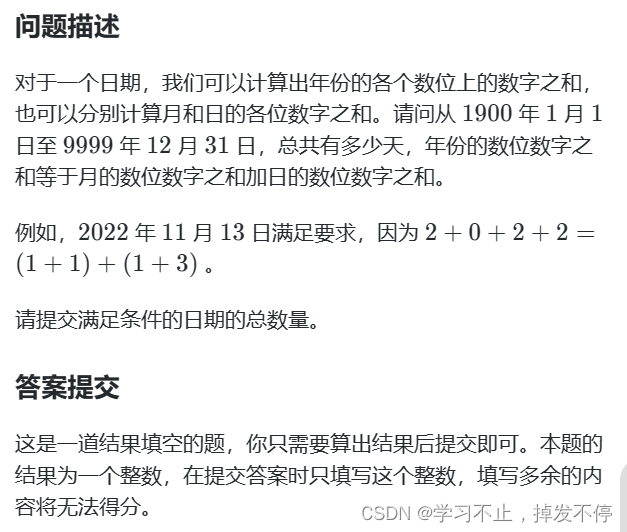
import java.util.Scanner;
public class Main {
public static void main(String[] args) {
int year = 1900;
int day = 1;
int month = 1;
int months[] = {0,31,28,31,30,31,30,31,31,30,31,30,31};
int count = 0;
while(true){
if((year%4 == 0 && year%100 != 0) || year%400 == 0){
months[2] = 29;
}else{
months[2] = 28;
}
if(year/1000 + year/100%10 + year/10%10 + year%10 == month/10 + month%10 + day/10 + day%10){
count++;
}
day++;
if(day>months[month]){
day = 1;
month++;
if(month>12){
month = 1;
year++;
}
}
if(year==9999 && month==12 && day==31){
break;
}
}
System.out.println(count);
}
}10. 最大距离
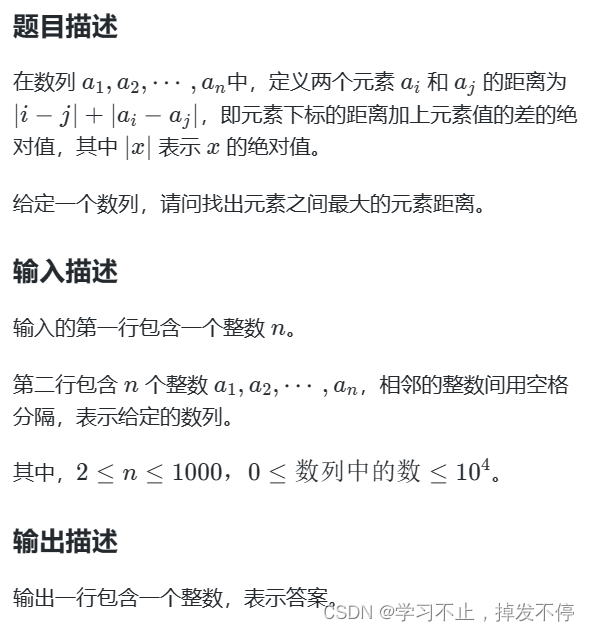
import java.util.*;
public class Main {
public static void main(String[] args) {
Scanner scan = new Scanner(System.in);
int num = scan.nextInt();
int arr[] = new int[num];
for(int i = 0;i<arr.length;i++){
arr[i] = scan.nextInt();
}
int max = 0;
for(int i = 0;i<arr.length;i++){
for(int j = i+1;j<arr.length;j++){
int b = Math.abs(i - j) + Math.abs(arr[i] - arr[j]);
if(b > max){
max = b;
}
}
}
System.out.println(max);
scan.close();
}
}